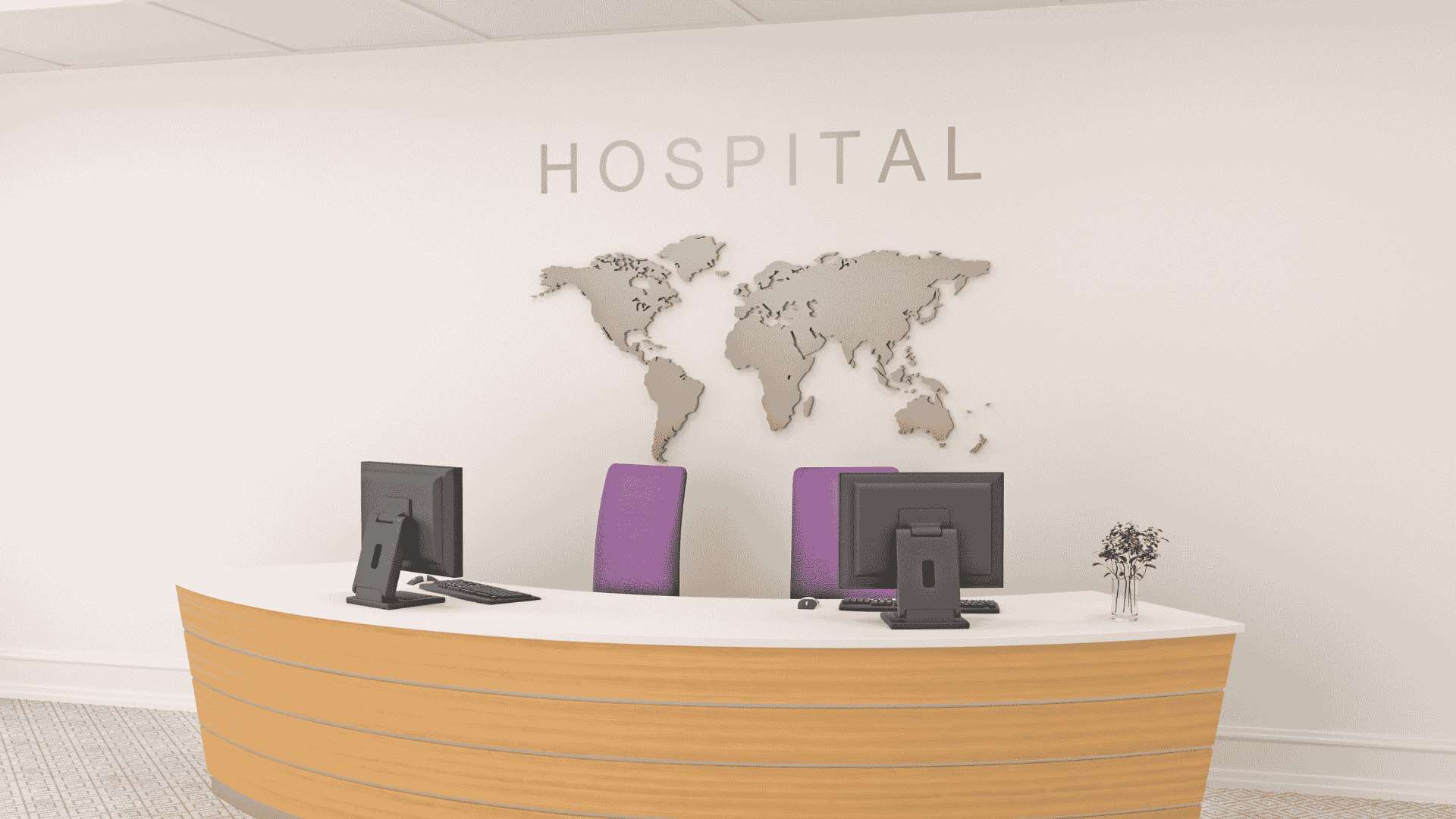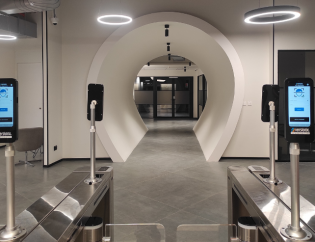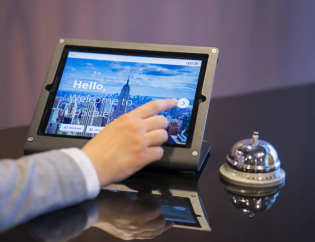
Managing visitors in a hospital is no mean task. Security and admin teams of hospitals constantly juggle patient safety, visitor access management, and compliance requirements, while trying to ensure a smooth experience for families and caregivers.
Traditional visitor logs and manual entry processes often lead to long wait times, security gaps, and operational inefficiencies.
A smart hospital visitor management system (VMS) can transform the way hospitals handle these challenges involving visitor flow, enhancing security, compliance, and overall efficiency.
By digitizing visitor processes, hospitals can ensure a structured, streamlined experience for everyone entering their premises.
Addressing Key Hospital Visitor Management Challenges
Reducing Congestion and Improving Visitor Flow
Peak visitor hours, often leading to crowded lobbies, long queues, and delays at entry points are a common scenario in most hospitals. This congestion not only affects visitor experience but can also interfere with hospital operations and emergency response.
By digitizing visitor registration and approvals, a hospital VMS automates visitor check-ins, reducing wait times and ensuring a seamless entry process.
Enhancing Security and Controlled Access
Unauthorized entry is a serious concern in healthcare facilities. Patients require privacy, and restricted areas—such as ICUs, operation theaters, and maternity wards—must be protected from unnecessary foot traffic.
A visitor management system helps hospitals regulate access by issuing digital QR code passes, ensuring that only authorized visitors enter specific areas. Security personnel, armed with a visitor app, can easily verify passes, track visitor movements, and enforce department-specific visitor and attendant policies.
Ensuring Compliance and Accurate Record-Keeping
Regulatory compliance is a major aspect of hospital management. Maintaining accurate visitor records is essential for security audits, legal requirements, and emergency planning.
A VMS automatically logs visitor details, including entry and exit times, ensuring hospitals maintain comprehensive records without relying on error-prone manual logbooks.
Additionally, real-time analytics provide insights into peak visitor hours, department-wise occupancy, and visit durations, helping administrators make informed decisions.
Key Features of a Hospital Visitor Management System
Effortless Visitor Registration and Entry Management
Hospitals accommodate different types of visitors—from patient attendants to general well-wishers. A smart VMS allows separate registration workflows for each category, ensuring streamlined processes for long-term caregivers and temporary visitors.
Attendants can be pre-registered for seamless entry, while one-time visitors receive digital passes valid for designated hours as per the hospital policy.
Real-Time Occupancy Insights for Better Space Management
During emergencies or peak hours, knowing real-time occupancy levels across hospital departments is crucial.
A VMS dashboard provides hospital staff with instant data on visitor count per patient, department-wise statistics, and average visit durations.
This allows administrators to monitor crowd density, adjust visitor policies, and enhance resource allocation.
Digital Passes and Secure Access Control
Replacing traditional paper passes, digital QR codes enable hospitals to regulate access seamlessly.
VersionX’s VMS helps generate instant passes. Upon registration, visitors receive a digital pass on their smartphones, which they can scan at entry points. Security personnel can verify these passes instantly, ensuring that only authorized individuals enter restricted areas.
This feature minimizes unauthorized access risks and creates a safer environment for patients and staff.
Attendant and Long-Term Pass Management
For patients requiring long-term care, managing attendants can be complex.
Hospitals often need to control the number of attendants per patient while also allowing flexibility for caregivers.
A VMS supports long-term passes for primary caregivers, with options to extend or modify passes as needed—without requiring re-registration.
Check-In and Verification
Security guards play a crucial role in hospital safety.
With a mobile-friendly visitor management app, security teams can register walk-in visitors, scan digital passes, and track visitor numbers in real time. This eliminates manual check-ins and enhances verification accuracy, ensuring a smooth security screening process.
Streamlined Check-Out and Exit Tracking
An efficient hospital VMS also ensures a structured exit process.
In many cases, visitors forget to check out, leaving records incomplete.
A VMS provides manual check-out options to maintain accurate logs of visitor movements. This feature is particularly valuable during emergencies when hospitals need to ensure complete evacuation.
Conclusion: A Future-Ready Solution for Hospitals
A hospital visitor management system is more than just a digital check-in tool—it is a comprehensive solution that enhances security, improves operational efficiency, and ensures compliance.
By integrating visitor management with security and access control, hospitals can provide a safer, more organized experience for patients, visitors, and staff alike.
For hospital administrators and security heads looking to modernize their visitor processes, investing in a robust VMS is a step toward future-ready healthcare management.




